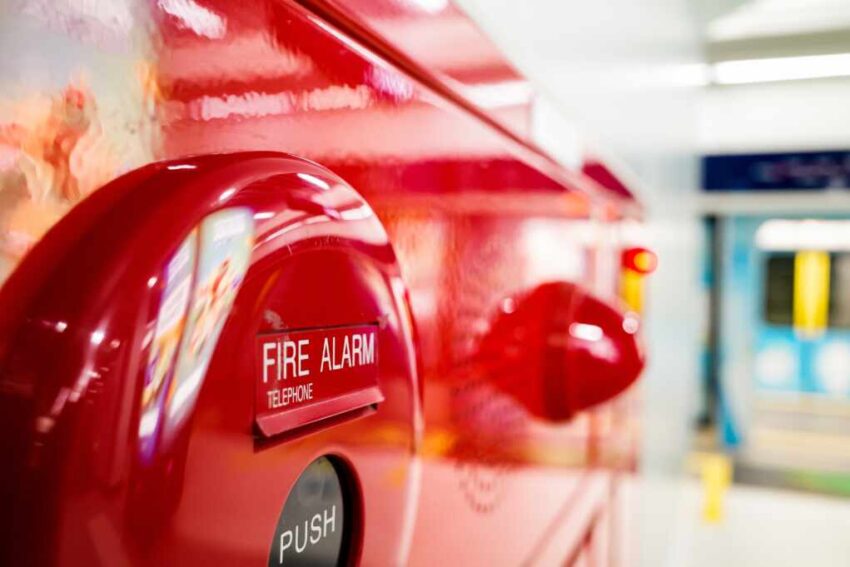A fire aboard the amphibious transport dock USS New Orleans off the coast of Okinawa injured two sailors and forced a 12-hour firefighting operation involving U.S. and Japanese forces.
At a Glance
- USS New Orleans caught fire off Okinawa during routine operations
- Blaze lasted nearly 12 hours before being fully extinguished
- Two sailors sustained minor injuries while fighting the fire
- U.S. and Japanese ships coordinated response to contain damage
Fire at Sea
The USS New Orleans, an amphibious transport dock of the San Antonio class, suffered a significant onboard fire while operating near Okinawa this week. The incident began during routine operations and quickly escalated, prompting an all-hands response from the crew.
The blaze burned for nearly 12 hours before being declared under control. Two sailors were treated for minor injuries sustained during firefighting efforts. No fatalities were reported, and the ship remained afloat and stable throughout the event.
Watch now: New Orleans is Burning | US Navy Amphib Suffers a Fire off the coast of Okinawa · YouTube
The nearby USS San Diego, along with Japanese Maritime Self-Defense Force vessels, assisted in the response, underscoring the importance of joint interoperability in maritime emergencies. The cooperation ensured the fire did not spread beyond initial compartments or threaten the vessel’s core systems.
Safety Questions
The cause of the fire remains under investigation, though preliminary reports suggest it may have originated in an engineering space. The incident has revived concerns about shipboard fire safety and maintenance within the Navy, which has faced similar issues in the past.
High-profile cases, such as the 2020 fire aboard USS Bonhomme Richard that led to the ship’s decommissioning, remain fresh in the memory of Navy leadership. That disaster underscored how quickly shipboard blazes can escalate beyond control, damaging fleet readiness and costing billions in replacement value.
The Navy has since emphasized damage control training, but this week’s fire suggests vulnerabilities persist, particularly on older vessels. Analysts argue that even when damage is contained, recurring incidents erode confidence in the fleet’s operational resilience.
Strategic Context
The incident took place in a sensitive region, where U.S. and allied forces maintain a strong presence as a counterbalance to Chinese naval activity. Amphibious ships like USS New Orleans play a central role in power projection, troop deployment, and humanitarian missions, making their reliability critical to Indo-Pacific strategy.
The fact that Japanese forces were directly involved in the response highlights the value of bilateral cooperation in maintaining maritime security. It also demonstrates the practical challenges of sustaining continuous naval operations in high-tempo environments, where maintenance, readiness, and safety must compete with strategic demands.
For now, USS New Orleans remains in port pending further inspection, and the Navy has stated it will review all recent fire-prevention protocols to prevent future incidents. Whether this leads to policy changes or additional funding for shipboard maintenance will depend on the outcome of the investigation.
Sources
Click this link for the original source of this article.
Author: Editor
This content is courtesy of, and owned and copyrighted by, https://thecongressionalinsider.com and its author. This content is made available by use of the public RSS feed offered by the host site and is used for educational purposes only. If you are the author or represent the host site and would like this content removed now and in the future, please contact USSANews.com using the email address in the Contact page found in the website menu.





